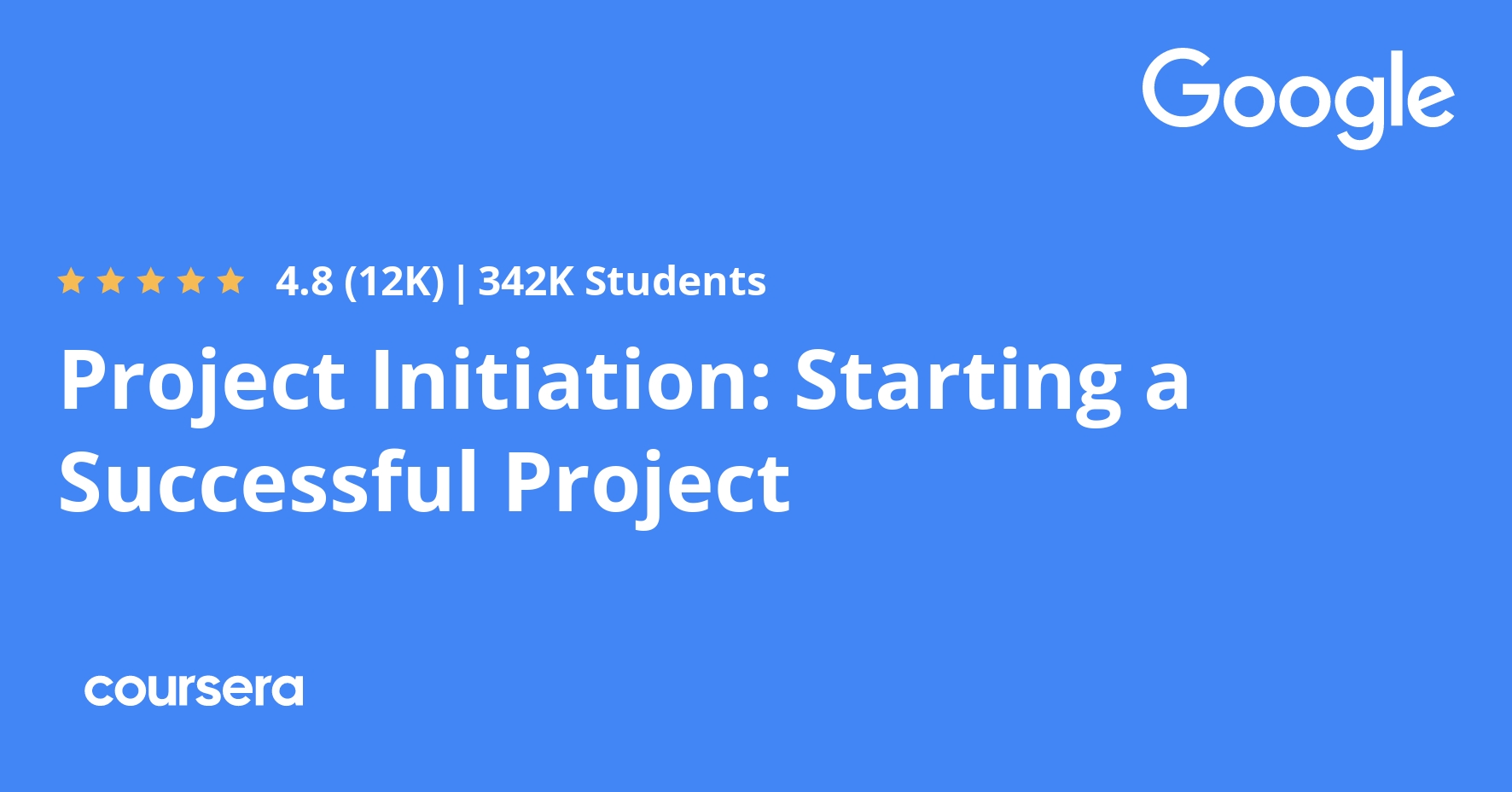Description
Machine learning is not just a single task or even a small group of tasks; it is an entire process, one that practitioners must follow from beginning to end. It is this process—also called a workflow—that enables the organization to get the most useful results out of their machine learning technologies. No matter what form the final product or service takes, leveraging the workflow is key to the success of the business’s AI solution.
This second course within the Certified Artificial Intelligence Practitioner (CAIP) professional certificate explores each step along the machine learning workflow, from problem formulation all the way to model presentation and deployment. The overall workflow was introduced in the previous course, but now you’ll take a deeper dive into each of the important tasks that make up the workflow, including two of the most hands-on tasks: data analysis and model training. You’ll also learn about how machine learning tasks can be automated, ensuring that the workflow can recur as needed, like most important business processes.
Ultimately, this course provides a practical framework upon which you’ll build many more machine learning models in the remaining courses.
What you will learn
Collect the Dataset
The previous course in this specialization provided an overview of the machine learning workflow. Now, in this course, you’ll dive deeper and actually go through the process step by step. In this first module, you’ll begin by collecting the data that will be used as input to your machine learning projects.
Analyze the Dataset
You’ve formulated a machine learning problem, and have identified a potential dataset to use. Now you’ll analyze the dataset to develop ideas on how to make the best use of the information it contains as you prepare to create your initial machine learning model.
Prepare the Dataset
Before a dataset can be used with a machine learning model, there are typically various tasks you need to perform to ensure that data is an optimal state. In this module, you’ll use various methods to prepare the data.
Set Up and Train a Model
To set up a machine learning model in an environment like Python, you must determine the algorithm that will produce the results you’re after, and then use it to create a model based on your training data. After the initial setup, it may take multiple tests and refinements to produce a model that meets your requirements.






